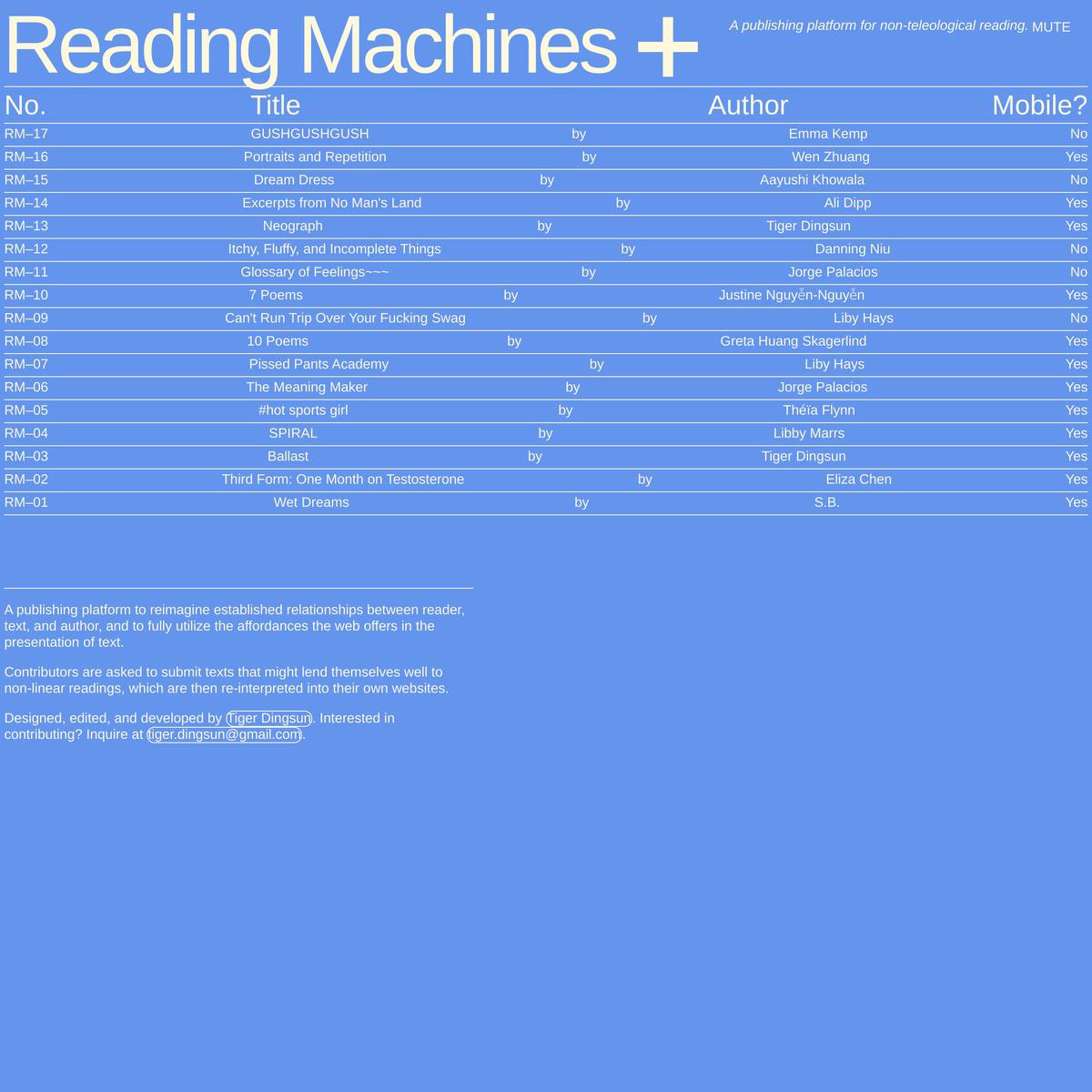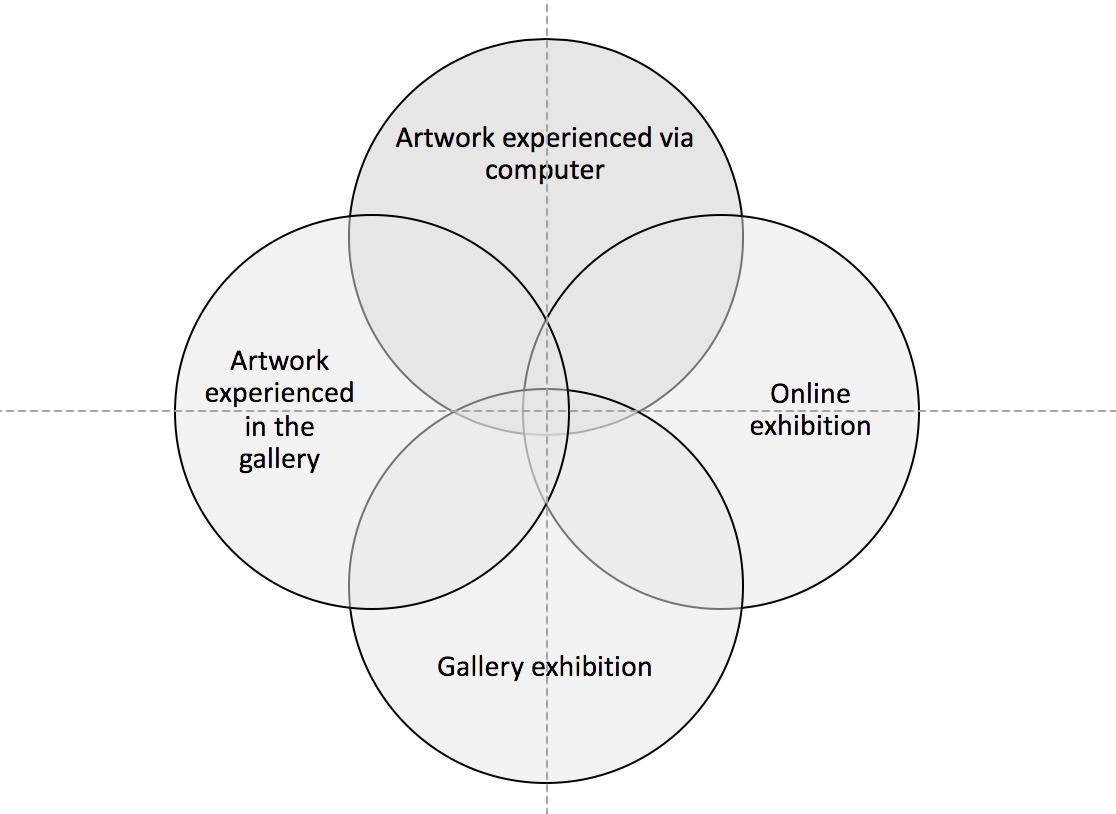syn·site
The future of dynamic, decentralized, and immersive digital spaces.
Decentralized: syn-site operates as a decentralized metaverse, bridging physical and digital realms. This dynamic space, where reality's boundaries blur, allows seamless transitions between real-world locations and virtual environments. Reminiscent of blockchain's decentralization, syn-site encapsulates simultaneous experiences, embodying the coexistence, evolution, and interaction of diverse elements within a networked space.
Agile: syn-site embodies agility. Like a living, breathing entity, it thrives on change and evolution, much like an Agile development team. A syn-site integrates various participants, locations, and perspectives to achieve common goals, adapting and responding to shifts in environments and conditions.
Boundaryless: syn-site exemplifies a boundaryless platform, a site where traditional barriers dissolve. It evolves continuously, adapting and reshaping itself, incorporating new components, and reconfiguring existing ones. Its boundaryless nature empowers users, encouraging active participation and co-creation within this decentralized domain.
Syn-site is not just a place, it's an experience! It marries the power of blockchain technology, the adaptability of Agile methodologies, and the boundaryless nature of modern platforms. Syn-site represents the future of spatial interaction, a quantum leap in the evolution of digital spaces. Welcome to Syn-site, where every place, thought, or dream you've ever had can coexist, interact, and create new experiences. It's not just a site, it's a universe!
The future of dynamic, decentralized, and immersive digital spaces.
Decentralized: syn-site operates as a decentralized metaverse, bridging physical and digital realms. This dynamic space, where reality's boundaries blur, allows seamless transitions between real-world locations and virtual environments. Reminiscent of blockchain's decentralization, syn-site encapsulates simultaneous experiences, embodying the coexistence, evolution, and interaction of diverse elements within a networked space.
Agile: syn-site embodies agility. Like a living, breathing entity, it thrives on change and evolution, much like an Agile development team. A syn-site integrates various participants, locations, and perspectives to achieve common goals, adapting and responding to shifts in environments and conditions.
Boundaryless: syn-site exemplifies a boundaryless platform, a site where traditional barriers dissolve. It evolves continuously, adapting and reshaping itself, incorporating new components, and reconfiguring existing ones. Its boundaryless nature empowers users, encouraging active participation and co-creation within this decentralized domain.
Syn-site is not just a place, it's an experience! It marries the power of blockchain technology, the adaptability of Agile methodologies, and the boundaryless nature of modern platforms. Syn-site represents the future of spatial interaction, a quantum leap in the evolution of digital spaces. Welcome to Syn-site, where every place, thought, or dream you've ever had can coexist, interact, and create new experiences. It's not just a site, it's a universe!
SYN (along with, at the same time | from Greek SYN, with | ~SYNTHETIC) + SITE (N: point of event, occupied space, internet address; V: to place in position | from Latin SITUS, location, idleness, forgetfulness | ~WEBSITE ¬cite ¬sight), cf. SITE/NON-SITE (from Robert Smithson, A PROVISIONAL THEORY OF NONSITES, 1968)



























...it is possible to assert that cyberspace is “just like” real space only if one ignores that cyberspace is peopled by real users who experience cyberspace and real space as different but connected, with acts taken in one having consequences in the other. In all cases, theories of cyberspace as separate space give short shrift to cyberspace as both extension and evolution of everyday spatial practice—as a space neither separate from real space nor simply a continuation of it. That is to say, they ignore both the embodied, situated experience of cyberspace users and the complex interplay between real and digital geographies.
...it is possible to assert that cyberspace is “just like” real space only if one ignores that cyberspace is peopled by real users who experience cyberspace and real space as different but connected, with acts taken in one having consequences in the other. In all cases, theories of cyberspace as separate space give short shrift to cyberspace as both extension and evolution of everyday spatial practice—as a space neither separate from real space nor simply a continuation of it. That is to say, they ignore both the embodied, situated experience of cyberspace users and the complex interplay between real and digital geographies.
...it is possible to assert that cyberspace is “just like” real space only if one ignores that cyberspace is peopled by real users who experience cyberspace and real space as different but connected, with acts taken in one having consequences in the other. In all cases, theories of cyberspace as separate space give short shrift to cyberspace as both extension and evolution of everyday spatial practice—as a space neither separate from real space nor simply a continuation of it. That is to say, they ignore both the embodied, situated experience of cyberspace users and the complex interplay between real and digital geographies.